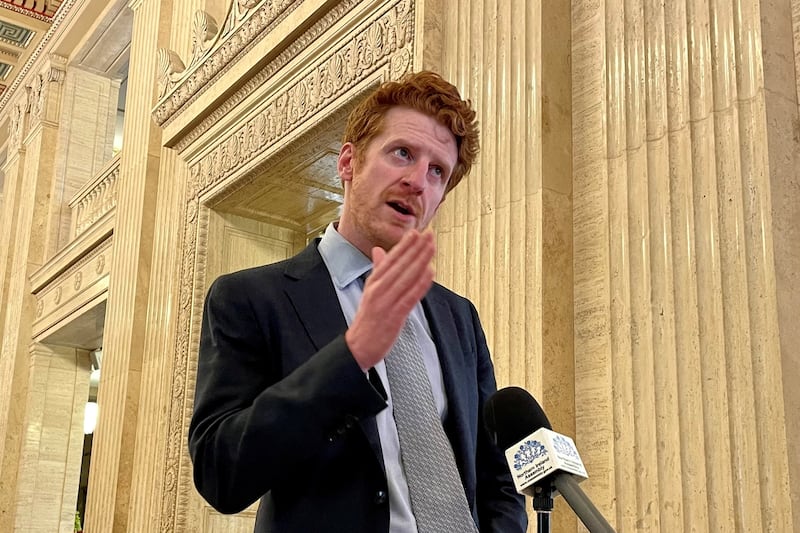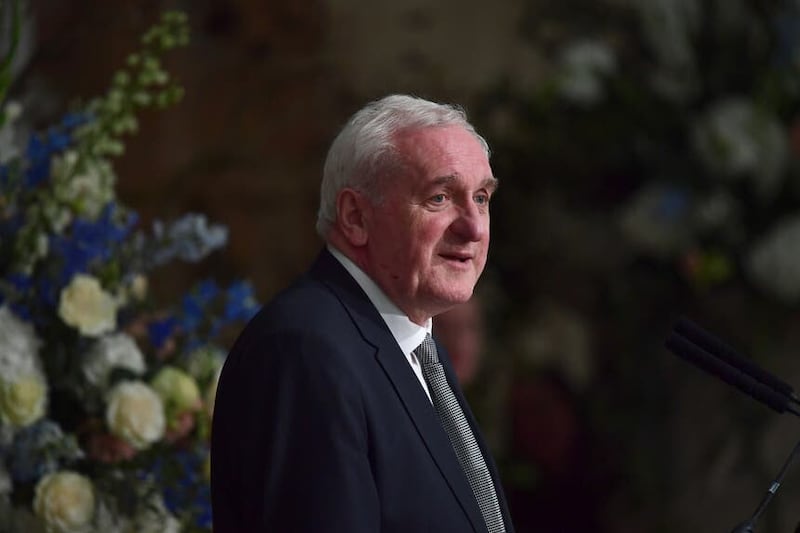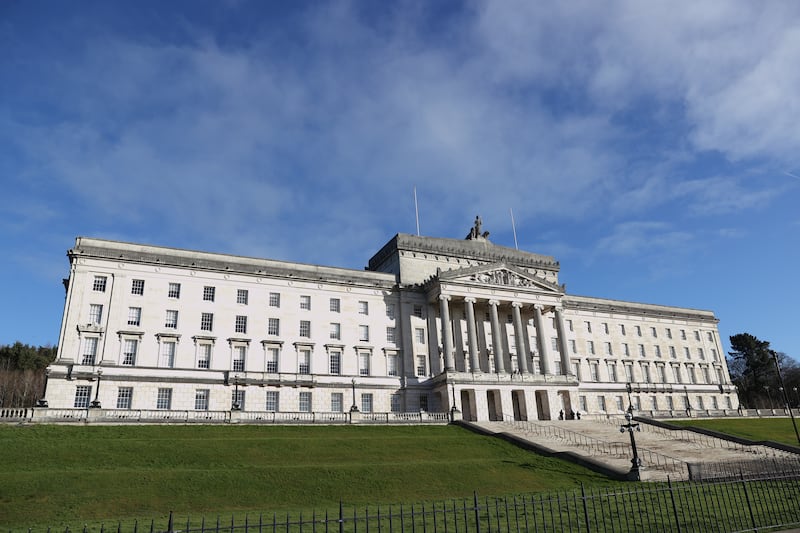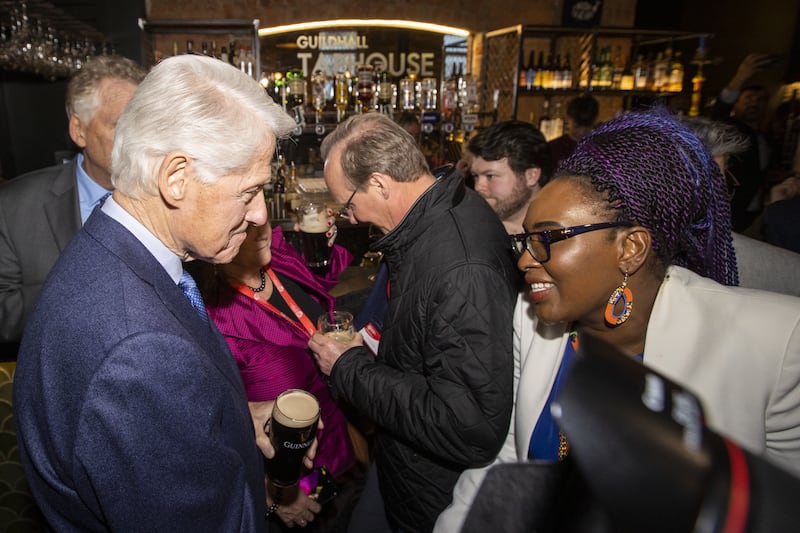We all know what Irish people mean when they say someone, or something, has notions. Quare notions. Serious notions. Awful notions. Well, the Stormont Executive, returned nearly three months ago after one of its many periods of collapse, may or may not have notions, but it definitely has motions – and lots of them.
Since returning in February, the parties in power have passed non-binding motions calling for a funded childcare strategy, a rescue plan for Lough Neagh, a waiting list action plan and nearly 20 other vital priorities.
The problem is these motions have no legal or financial consequence in themselves, they don’t create any rights or commit a penny of funding, but executive parties (up to and including the first minister herself) have made much of these debates with glossy PR and videos designed to communicate to the people of the north that they are doing something on these issues.
- Executive challenged over worth of meetings with officials while Stormont was downOpens in new window
- The NI Executive was supposed to ‘hit the ground running’. But after 12 weeks, what’s the plan? - The Irish News viewOpens in new window
- Analysis: The Stormont executive has run out of excuses for inactionOpens in new window
- Stormont ministers accused of ‘sitting on their hands’Opens in new window
But in truth, these motions have been more distraction than action. There are two main means for governments, including power sharing coalitions, to deliver real change. The first is through passing laws that create rights for citizens or mandate actions by public bodies, and the second is through spending money – setting a budget then allocating it.
Last week we got the first budget statement from the executive. Compared to all the glossy videos publicising well-intentioned but toothless motions, the tone was somber. There were no colourful graphics or photos of smiling ministers, but simply a five-page summary of departmental allocations, poorly formatted and with multiple typos, grimly setting out the “very difficult” position the executive was placed in.
One could be forgiven for wondering why the sudden shift in tone, from positive vibes and selfies to funeral? After all, the executive may only have been in office for three months, but those four governing parties were meeting with the civil service for much of the past two years, in private, to prepare for government – including being briefed on the tricky financial position and agreeing the outlines of a Programme for Government.
They also all negotiated the terms of this financial package at Hillsborough Castle, with British ministers and officials. They were all in the room when it happened, as the song goes.
We agree with the executive parties that the British government can and should agree a fiscal framework that ensures funding based on a more accurate calculation of the north’s need. And we agree with the finance minister that Northern Ireland should have more control over its own fiscal levers, i.e. more power to raise money to fund public services and its own priorities, which at the minute has to start with rescuing the health service from collapse and providing increased childcare support to working families.
But after all this time, after successive collapses of the institutions by Sinn Féin and the DUP, and then a heavily publicised restoration with lots of smiling photos and warm words, the executive owes people a clearer statement of plans and priorities than the paltry few typed pages of bad news that they delivered last week.
There is no clear roadmap for rescuing public services, or any suggestion of how they would use increased revenue raised locally (having first denied they were examining revenue raising). Again, it contrasts with the more than £1.5 billion in promises the executive parties have made in the aforementioned motions since restoration. Billions of notions contained in motions, but not a notion of when or how they will be delivered.
Perhaps we will know more when a Programme for Government is delivered. Sadly, when the SDLP Opposition asked when we could expect to see one, the first minister said: “let’s not be in hurry”, a somewhat disappointing response. The Opposition has been consistent in asking for specific commitments and timelines for delivery. No one should expect miracles, but our job is to insist on clarity and honesty.
It is of course reasonable that the new executive be given a period of time to bed in, establish relationships and strike a positive tone of working together in what is still a system of mandatory power-sharing that requires unique diplomatic skills to manage. They deserve to be commended for building good relationships and projecting human warmth. That still matters in a society like ours, with institutions like ours.
But tone, imagery and empty motions cannot be a permanent substitute for delivery. People deserve delivery, and at a bare minimum they deserve to see a plan. They haven’t got one yet.








